
FS2004 Mohawk Airlines Convair CV-240
Experience a finely detailed Mohawk Airlines Convair CV-240 repaint designed for Microsoft Flight Simulator 2004 enthusiasts eager to revisit a pivotal era in commercial aviation. Built upon the freeware base model originally developed by Greg Pepper and Tom Gibson, with subsequent refinements by...
- Type:Repaint⇲ Download Base Model
- File: cv240vbfca18_moh_n1019c_01.zip
- Size:4.7 MB
- Scan:
Clean (16d)
- Access:Freeware
- Content:Everyone
Experience a finely detailed Mohawk Airlines Convair CV-240 repaint designed for Microsoft Flight Simulator 2004 enthusiasts eager to revisit a pivotal era in commercial aviation. Built upon the freeware base model originally developed by Greg Pepper and Tom Gibson, with subsequent refinements by Georg Hauzenberger and Hans Hermann at the Virtual Birds Factory, this add-on immerses you in the historical legacy of an aircraft that once connected bustling regional routes across the United States.
Historical Background and Aircraft Highlights
The Convair CV-240 series emerged in the late 1940s as a pressurized, twin-engine airliner catering to short and medium-range journeys. This particular airframe was first delivered to Swissair in 1949 under registration HB-IRS, carrying the moniker “Nuenburg.” By 1956, it transferred to Mohawk Airlines, receiving U.S. registration N1019C and adopting the name “Air Chief Narrangansett.” In later years, it moved through Fairchild Hiller Corporation before its final withdrawal from service in 1968. Ultimately, it was stored and eventually dismantled in Houston during the mid-1970s.
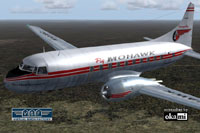
Screenshot capturing the Mohawk Airlines Convair CV-240 in mid-flight.
Texture Package Details
This repaint package provides authentic Mohawk Airlines textures and a specialized model file integral to reproducing the aircraft’s classic lines and details. Please note that it does not include the base Convair CV-240 model. You will need to obtain the corresponding freeware base pack (CV240VBFCA18_BASEPACK_010.ZIP), which is typically available in the Fly Away Simulation library. Ensure that you have the correct base folder structure (cv240VBFca18, cv240VBFcb16, or cv240VBFmilitary) to support the livery installation.
Prerequisite Base Pack Installation
Before applying this livery, confirm that you have the correct base pack installed. The necessary folders—CV240VBFca18, cv240VBFcb16, and CV240VBFmilitary—must exist in your Microsoft Flight Simulator 2004 aircraft directory. Consult the user manual’s Chapter 3.2 for detailed base pack installation steps. If these folders are not present, download and install the respective base pack prior to adding any liveries.
Step-by-Step Livery Installation
- Extract this add-on's ZIP archive to a temporary location on your system.
- Using Windows Explorer, locate the add-on’s setup executable (for example,
cv240VBFca18_aal_N94200_01_setup.exe) within the temporary folder and run it. The installer will place texture files and any related model data into the correctcv240VBFca18,cv240VBFcb16, orcv240VBFmilitaryfolder automatically. Note which folder is used for future reference. - Browse to the corresponding aircraft folder—found in
Microsoft Games\Flight Simulator 9\Aircraft\cv240VBFca18or your chosen variant. Look for a text file named(livery name)_add_to_aircraft_cfg.txt, where livery name matches the texture you just installed. - Open that text file with a basic text editor (such as Notepad) and copy the
[fltsim.xx]section. Then open youraircraft.cfgin the same directory. Paste the copied code after the final[fltsim.yy]entry, ensuring you increment the entry number correctly (e.g., changexxto the next available value). Save and closeaircraft.cfg.
Verifying Your New Livery
Launch Microsoft Flight Simulator 2004 and verify that the Mohawk Airlines Convair CV-240 repaint is displayed in your aircraft selection menu. If not, review the following:
- Confirm you pasted the
[fltsim.xx]entry into the correctaircraft.cfgfile within the relevant cv240VBFca18/cv240VBFcb16/cv240VBFmilitary folder. - Double-check that your FS2004 root directory is correct and that the folder names match those specified in the documentation (no typos or alterations).
Once all items are set up properly, you can enjoy flying this timeless airliner in FS2004, immersing yourself in the era of post-war regional aviation. Sincere acknowledgments to the creators—Greg Pepper, Tom Gibson, Georg Hauzenberger, Hans Hermann, and the Virtual Birds Factory—for bringing this historic aircraft to life. Have a smooth flight with Mohawk Airlines.
The archive cv240vbfca18_moh_n1019c_01.zip has 9 files and directories contained within it.
File Contents
This list displays the first 500 files in the package. If the package has more, you will need to download it to view them.
| Filename/Directory | File Date | File Size |
|---|---|---|
| cv240VBFca18_moh_N1019C_01 | 10.16.10 | 0 B |
| cv240VBFca18_moh_N1019C_01.jpg | 10.14.10 | 184.30 kB |
| cv240VBFca18_moh_N1019C_01150.gif | 10.14.10 | 10.63 kB |
| cv240VBFca18_moh_N1019C_01_setup.exe | 10.14.10 | 4.37 MB |
| cv240VBFreloaded_User Manual_010.pdf | 10.14.10 | 234.01 kB |
| cv240VBF_readme_add-on-livery.txt | 10.14.10 | 5.43 kB |
| file_id.diz | 10.14.10 | 632 B |
| flyawaysimulation.txt | 10.29.13 | 959 B |
| Go to Fly Away Simulation.url | 01.22.16 | 52 B |
Complementing Files & Dependencies
This add-on mentions the following files below in its description. It may be dependent on these files in order to function properly. It's possible that this is a repaint and the dependency below is the base package.
You may also need to download the following files:
Installation Instructions
Most of the freeware add-on aircraft and scenery packages in our file library come with easy installation instructions which you can read above in the file description. For further installation help, please see our Flight School for our full range of tutorials or view the README file contained within the download. If in doubt, you may also ask a question or view existing answers in our dedicated Q&A forum.
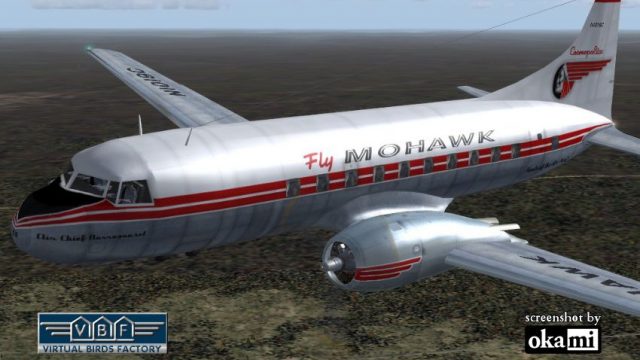
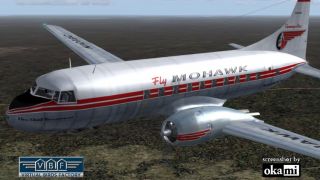

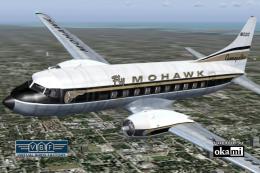
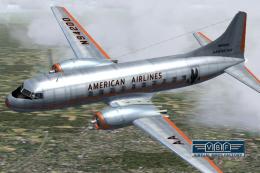
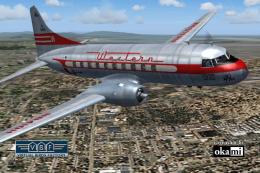
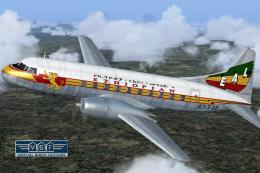
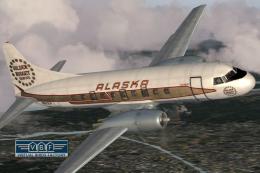
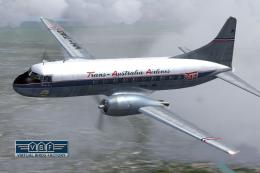
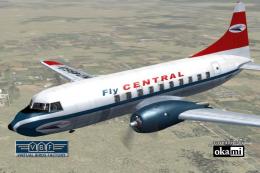
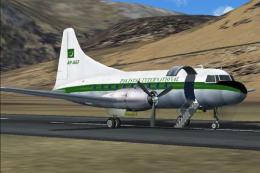
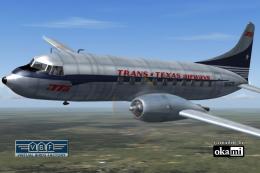
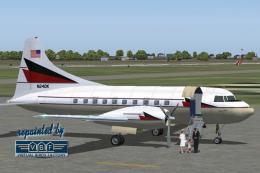
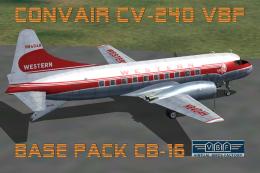
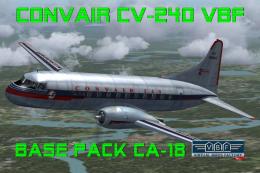
0 comments
Leave a Response